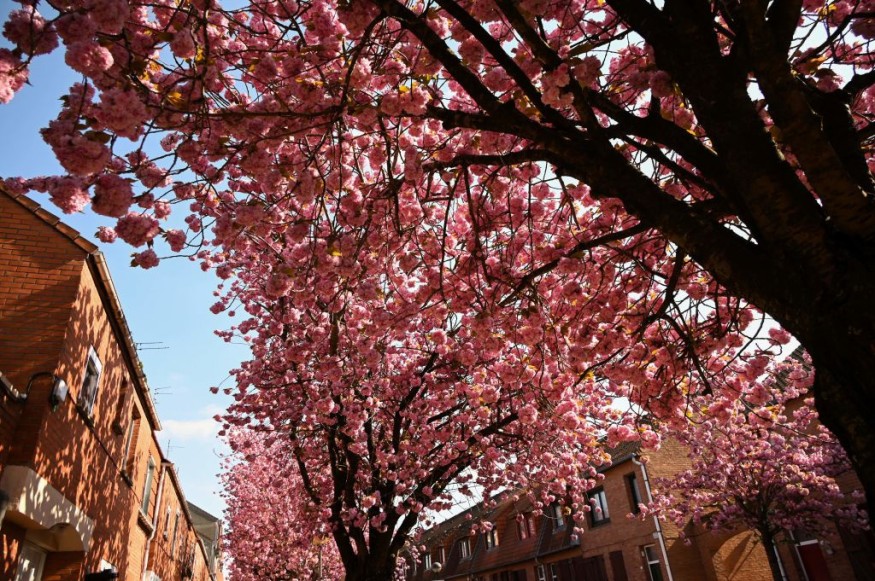The enthralling beauty of cherry blossoms and the kwanzan cherry tree are a vivid manifestation of nature's craftsmanship and our eternal fascination with the natural world.
But what is the difference between the two?

A Symbol Of Hope
Cherry blossoms, which are frequently linked with the ephemeral beauty of spring, have a universal appeal that crosses borders.
Also known as "sakura" in Japanese, the blossoming of the cherry blossoms represents human life, transience, and nobleness.
Originally used to predict the year's harvest, the cherry blossoms came to represent wabi-sabi philosophy and Shinto principles of impermanence, optimism, and renewal and are now one of Japan's most recognizable natural emblems.
Sakura are only in full bloom for about a week, adding to their enchantment and mysticism. This magnificent moment can occur across the various terrains of Japan's main islands between March and early May.
The small, fragile flowers begin to flutter gently from their trees after a brief period of full bloom. The blossoms are thought to be the most attractive in this final stage, when the white and pink petals float gently to the ground.
These lovely cherry trees may be found all throughout the world, not only in Japan. Japan donated almost 3,000 cherry blossom trees to the United States in 1912.
It was a gift given to commemorate the two countries' friendship. Many of the trees in Washington, D.C. were planted by the United States. close to the Jefferson Memorial.
Others went on to establish Sakura Park in New York City.
Ornament Tree
The kwanzan cherry (Prunus serrulata 'Kwanzan') is a well-known ornamental tree for its beautiful cherry flowers. It's also called the Japanese flowering tree.
This cultivar, which originated in Japan, has become a beloved addition to landscapes all over the world, gracing gardens, parks, and streets with its stunning display.
Kwanzan cherry trees have a gorgeous vase shape and serrated leaves that develop to be about four to five inches long. Their leaves emerge reddish-copper in the spring before changing to a glossy, deep green in the summer and yellow and bronze in the fall.
The trees grow to be 30 to 40 feet tall with a spread of 30 to 40 feet and a growth rate of 12 to 24 inches each year.
Kwanzan cherry does not bear fruit and typically blooms in late April to early May, depending on the climate and local conditions. The blooming period is relatively short but incredibly beautiful.
It prefers full sun, is sensitive to poor drainage, and can be easily transplanted. However, in a good location, 'Kwanzan' has a useful life of roughly 15 to 25 years.
Nevertheless, the tree is a delight for this brief season and should be planted.
These trees not only beautify the surroundings, but they also provide a glimpse of the profound cultural ties that link humans to the ever-changing seasons and natural beauties. The Japanese believe that these trees represent transience and the world's transient beauty.
© 2025 NatureWorldNews.com All rights reserved. Do not reproduce without permission.





